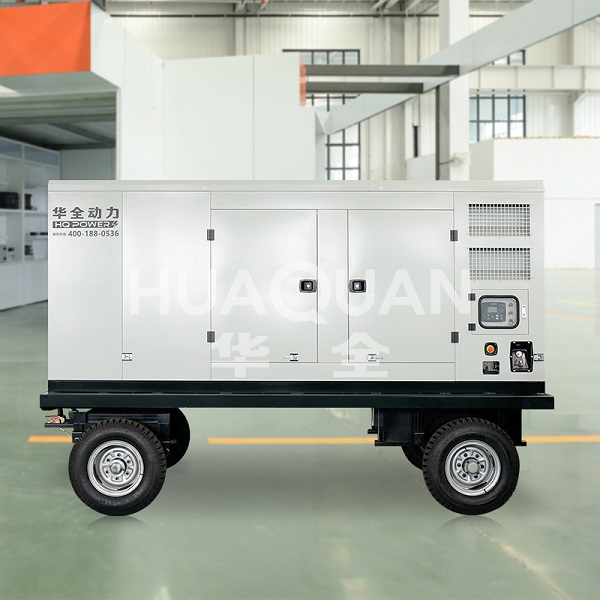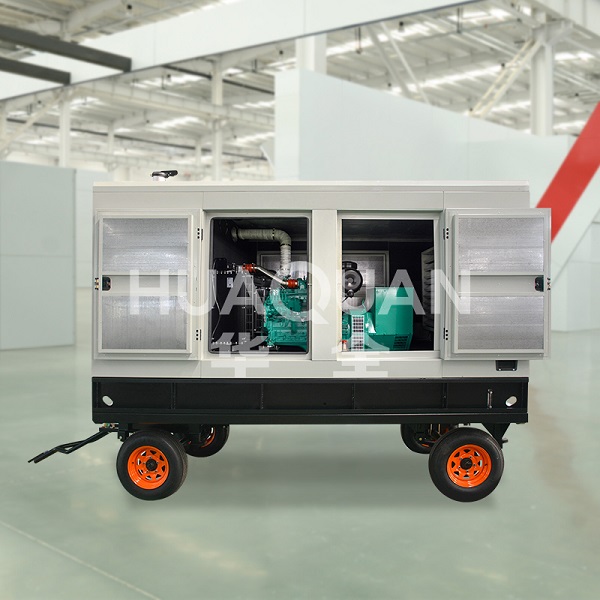Hospital backup generator serve as an important part of a healthcare facility during a power outage and require strict day-to-day management to ensure reliability.
Hospital backup generator maintenance involves visual inspections – checking fuel levels, coolant systems, and battery terminals for corrosion. Technicians must verify that the automatic transfer switch (ATS) remains functional without disrupting hospital operations through a brief weekly test (less than 30 minutes).
Preventive maintenance schedules should include monthly load bank testing to assess the Hospital backup generator’s capacity under simulated emergency conditions. Fuel quality monitoring is critical; diesel-powered units require biweekly water separation checks and microbial growth prevention. Environmental factors like ventilation and exhaust systems must be inspected to prevent overheating risks.
Documentation forms the backbone of compliance. Every test, repair, or anomaly observed in the Hospital backup generator must be logged digitally with timestamps, including staff signatures. Training programs for engineering teams should cover troubleshooting protocols and emphasize the generator’s integration with critical care equipment (e.g., ICU life support systems).
Ultimately, a Hospital backup generator’s efficacy hinges on treating it not as passive infrastructure but as an active participant in patient safety – where disciplined daily routines prevent catastrophic failure during crises.
More information about Hospital backup generator:https://sinogens.com/








